Communications Reliability
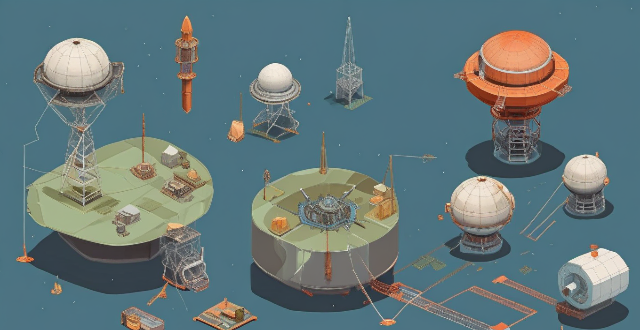
How do communication satellites impact the field of telecommunications ?
Communication satellites have revolutionized telecommunications by providing global connectivity, increasing bandwidth, and improving reliability. They allow for communication across vast distances, connecting remote areas with the rest of the world and providing access to telecom services in regions lacking terrestrial infrastructure. Modern satellite systems offer high data rates for faster internet speeds and better voice/video transmissions, supporting multiple services like voice, data, and video conferencing. Satellites also enhance reliability and redundancy as critical backups during disasters and emergencies, creating diverse communication pathways. With rapid deployment capabilities, satellites are ideal for temporary situations like military operations or emergency responses and enable mobile applications. Economically, advancing technology reduces costs, opens new markets, and fosters job creation. Technological advancements include improved modulation techniques and antenna designs for better performance. Environmental considerations involve space debris mitigation and energy efficiency. Overall, satellites significantly impact telecommunications by extending reach, increasing capacity, ensuring reliability, offering flexibility, driving economic growth, and fostering technological advancements while considering environmental implications.

Can network slicing improve internet speed and reliability ?
Network slicing is a concept that divides a physical network into multiple virtual networks, each optimized for a specific use case. This approach can improve internet speed and reliability by enabling efficient resource allocation, enhancing performance through customization and optimization, and improving reliability through isolation and scalability. However, effective implementation requires careful planning and coordination among stakeholders involved in the network infrastructure.
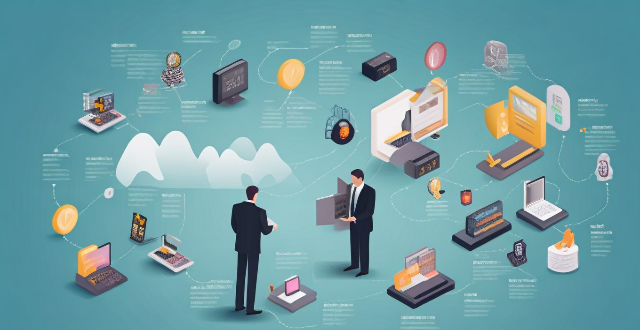
What impact has 5G technology had on the telecommunications industry ?
The advent of 5G technology has revolutionized the telecommunications industry, offering faster speeds, lower latency, and increased capacity. Key impacts include enhanced mobile broadband, ultra-reliable low-latency communications, and massive Internet of Things connectivity. These advancements have led to changes in network infrastructure, service innovation, economic growth, and social development. However, challenges such as coverage limitations, compatibility issues, spectrum allocation, and security concerns need to be addressed. The full potential of 5G is yet to be realized but holds immense promise for positive change across various sectors.

What are the benefits of using multi-motor drive systems ?
The benefits of using multi-motor drive systems include improved efficiency and performance, increased reliability and redundancy, and greater flexibility and scalability. These advantages make them an attractive option for many industrial applications where precise control and high reliability are critical.

Can I report telecommunications fraud to any authority ?
Telecommunications fraud is a serious issue that can have significant financial and personal consequences for victims. It is important to know where and how to report such incidents to ensure that appropriate action is taken. In this article, we will explore the various authorities to which you can report telecommunications fraud. The Federal Communications Commission (FCC) is the primary agency responsible for regulating interstate and international communications by radio, television, wire, satellite, and cable in the United States. The FBI is responsible for investigating federal crimes, including telecommunications fraud. Each state has an attorney general who is responsible for protecting consumers within their jurisdiction. Local law enforcement agencies also have the authority to investigate complaints and work with other agencies to pursue legal action against those responsible for fraudulent activities.

In what ways can energy storage solutions improve grid stability and reliability ?
Energy storage solutions play a crucial role in enhancing grid stability and reliability. They contribute to balancing supply and demand, providing ancillary services, integrating renewables, improving resilience, optimizing economic efficiency, facilitating distributed generation, and supporting transmission and distribution systems. Energy storage systems can absorb excess energy during low demand periods and release it during peak times, helping to level the load on the grid. They also provide frequency regulation and voltage support, smoothing out the variability of renewable sources like wind and solar. Energy storage enhances resilience by providing blackstart capability and islanding, allowing parts of the grid to be isolated and continue supplying power in case of major faults. It optimizes economic efficiency by enabling arbitrage and deferring costly grid upgrades. Energy storage facilitates distributed generation by allowing consumers with distributed generation to store energy during off-peak hours and use it during peak time periods, reducing their electricity bills. Overall, energy storage solutions are becoming increasingly vital for modernizing and strengthening our electrical grids.

How can I educate my family about telecommunications fraud ?
Telecommunications fraud is a serious issue that can have devastating consequences for individuals and families. To protect themselves from becoming victims, it's important to educate loved ones about the risks and ways to avoid them. Here are some steps to follow: Understanding Telecommunications Fraud: Make sure everyone understands what telecommunications fraud entails and how it works. This includes phishing scams, vishing attacks, smishing schemes, and tech support scams. Recognizing Red Flags: Educate your family on the common signs of telecommunications fraud, such as urgency, unexpected requests, too good to be true offers, threats or intimidation. Prevention Tips: Share prevention tips with your family to help them avoid falling prey to scams. These include staying informed, verifying sources, securing devices, using anti-fraud tools, being cautious online, limiting personal exposure, and reporting suspected fraud. Action Plan: Create an action plan for your family in case they encounter a potential fraud attempt. This includes stopping and thinking before acting impulsively, consulting family members for a second opinion, contacting authorities if convinced it's a scam, and documenting everything related to the suspected fraud for future reference.
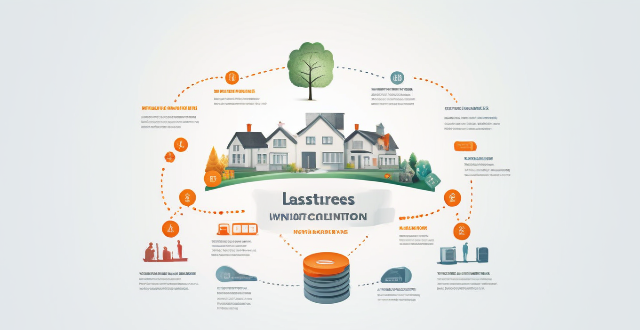
What are the latest wireless communication standards ?
This article discusses the latest wireless communication standards, including 5G, Wi-Fi 6, Bluetooth 5.2, and LoRaWAN. It highlights their key features, such as enhanced mobile broadband for 5G, OFDMA and MU-MIMO for Wi-Fi 6, LE Audio and direction finding for Bluetooth 5.2, and long range and low power consumption for LoRaWAN. The article also mentions potential use cases for each standard, such as smart cities and autonomous vehicles for 5G, home networks and public Wi-Fi hotspots for Wi-Fi 6, personal audio devices and wearable technology for Bluetooth 5.2, and smart agriculture and environmental monitoring for LoRaWAN.

Are there new innovations in battery storage technology that could improve the reliability of renewable energy sources ?
Renewable energy sources are becoming increasingly popular, but their intermittency can cause fluctuations in energy supply. To address this issue, there have been several new innovations in battery storage technology that could improve the reliability of renewable energy sources. Lithium-ion batteries have a high energy density and long lifespan, making them ideal for storing large amounts of energy from renewable sources. Flow batteries store energy in liquid electrolytes that are pumped through a cell stack, allowing for continuous charging and discharging without degradation. Supercapacitors can charge and discharge very quickly, providing bursts of power when needed. Thermal energy storage systems use heat rather than electricity to store energy and can be integrated with various renewable sources. By incorporating these technologies into existing renewable energy systems, we can ensure a more stable and reliable energy supply while reducing our reliance on fossil fuels.

How does satellite communication compare to other forms of communication ?
Satellite communication offers global coverage, high capacitySatellite communication offers global coverage, high capacity higher latency and initial costs and reliability but has higher latency and initial costs compared to terrestrial and wireless communication. Terrestrial communication provides lower latency and moderate reliability at a lower cost, while wireless communication offers convenience and portability at a variable cost. Satellite communication is suitable for remote areas and sensitive applications due to its security features.

What are the benefits of using data encryption in business ?
Data encryption in business offers protection of sensitive information, compliance with legal requirements, enhanced customer trust, defense against cyber threats, and controlled data access. It ensures confidentiality and integrity of communications, helps meet regulatory standards, safeguards personal data, builds customer confidence, mitigates risks of data breaches, guards against malware and ransomware, provides role-based access control, and simplifies key management. This makes encryption an essential tool for securing digital assets and strengthening a company's market position.

What are some common applications for lithium batteries ?
Lithium batteries are widely used in various applications due to their high energy density, long lifespan, and lightweight nature. They power portable electronics like smartphones, laptops, and gaming devices; electric vehicles including cars, motorcycles, and bicycles; energy storage systems for solar power and backup supplies; medical devices such as pacemakers and monitors; aerospace and defense technologies like satellites and drones; tools and devices including power tools and wireless communications; wearable technology like smartwatches and AR/VR headsets; and outdoor and recreational equipment such as camping gear and flashlights. These batteries have transformed how we use our gadgets and vehicles, making them more efficient, lighter, and longer-lasting.

What is a communication satellite and how does it work ?
Communication satellites are vital for global telecommunication, relaying signals for phone calls, internet data, and TV broadcasts between Earth-based stations. They operate by receiving, amplifying, and retransmitting signals from one location to another through a series of steps involving transmission, reception, amplification with frequency conversion, and retransmission. Most occupy geostationary orbit to maintain a fixed position relative to Earth, simplifying ground station antenna targeting. These satellites cover extensive areas, support diverse applications like broadcasting and emergency response, and often form part of larger networks ensuring global connectivity. Their role is crucial in international business, disaster relief, and personal communications worldwide.

How do wireless communication standards work ?
Wireless communication standards are essential for enabling seamless interactions between devices, and they operate within specific guidelines and protocols. These standards cover areas such as frequency bands, modulation techniques, multiple access methods, error handling, security measures, and compliance testing to ensure interoperability among various devices. Understanding these components is key to grasping how wireless technologies work together to create our interconnected world.
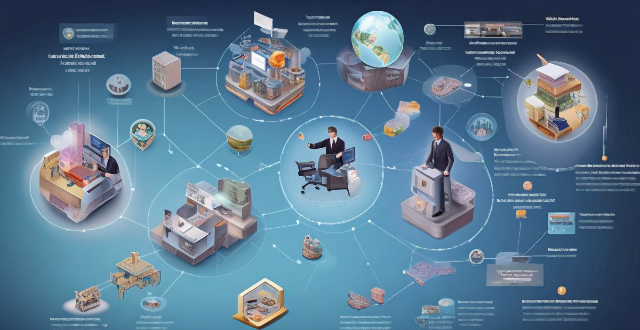
What challenges need to be overcome to create a sustainable lunar base ?
Building a sustainable lunar base presents significant challenges in logistics, environment, technology, and human factors. These include reliable transportation, remote construction, surviving extreme conditions, power generation, effective communication, habitability concerns, health care, and team dynamics. Addressing these issues will require innovative solutions and international collaboration, ultimately paving the way for deeper space exploration.

What role do communication protocols play in IoT (Internet of Things) devices ?
Communication protocols in IoT devices are crucial for data transmission, interoperability, scalability, security, and error handling. Common protocols include MQTT, CoAP, Zigbee, Bluetooth Low Energy, and LoRaWAN, each with specific features like lightweight design, mesh networking, energy efficiency, long-range communication, and broadcast capabilities. These protocols enable seamless interaction between devices and will continue to drive innovation in the IoT field.

Can solar flares cause communication interference ?
Solar flares, intense bursts of radiation from the sun's atmosphere, can disrupt communication systems on Earth. This includes shortwave radio signals, satellite communications, and other terrestrial networks. The effects range from signal quality disruption and frequency deviation to satellite link disruptions, GPS accuracy issues, and even physical damage to satellite hardware. While these impacts vary, organizations involved in critical communication operations must be aware of the risks and implement mitigation strategies to minimize potential disruptions.

How do I choose a reliable cryptocurrency exchange platform ?
This guide offers a comprehensive checklist for selecting a trustworthy cryptocurrency exchange platform, emphasizing security measures, user interface, trading volume and liquidity, fees, coin support, regulation compliance, and reputation. It encourages potential users to consider factors such as two-factor authentication, cold storage, encrypted data, regular audits, clean layout, mobile accessibility, customer support, high trading volume, liquid markets, transparent fee structures, available coins, trading pairs, licensed operations, AML and KYC compliance, as well as online reviews and community feedback to make an informed decision.
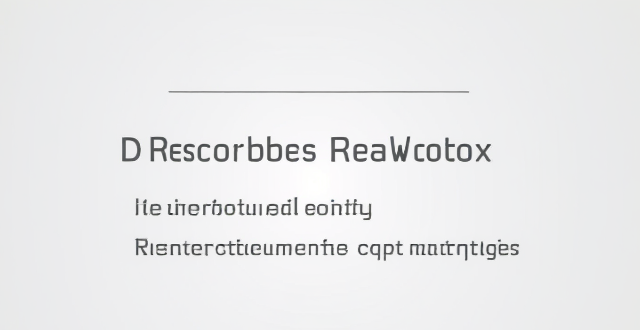
What technology is used in network expansion ?
The text describes various technologies and techniques used in network expansion to increase capacity and coverage, including fiber optics, wireless technologies, software-defined networking (SDN), network function virtualization (NFV), cloud computing, edge computing, network automation and orchestration, multiprotocol label switching (MPLS), cable modems and DSL technology, and submarine cables. Each technology is described in terms of its benefits and how it contributes to network expansion.

What are the latest advancements in satellite communication technology ?
Satellite communication technology has seen significant advancements in recent years, including high-throughput satellites (HTS) offering increased bandwidth and improved coverage, low Earth orbit (LEO) satellite constellations providing global coverage with low latency, 5G integrated satellite systems enhancing connectivity and capacity, and quantum satellite networks enabling secure long-distance transmission. These developments are revolutionizing global communication by offering faster speeds, broader access, and enhanced security.

How do DNS resolution times influence network optimization ?
The speed at which DNS resolution occurs can have a significant impact on network performance and optimization. Slow DNS resolution times can cause delays in the start of network communications, while fast DNS resolution times can significantly improve network performance. Strategies for optimizing DNS resolution times include using a reliable DNS server, implementing caching, and using a CDN.
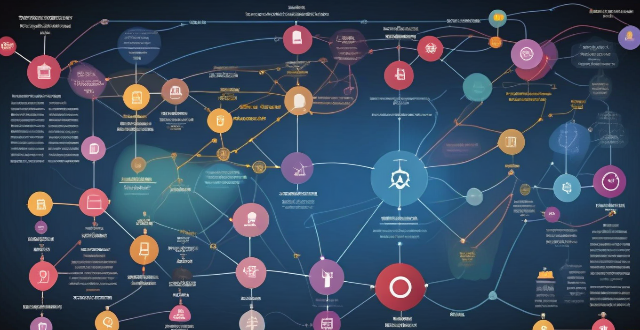
What is the role of frequency bands in wireless communication standards ?
In wireless communication, frequency bands dictate signal propagation, spectrum allocation, and interference management. These bands are critical for establishing reliable connections in technologies like Wi-Fi, Bluetooth, cellular networks, and satellite communications. The choice of band influences the range, data rate, and potential interference of a wireless system. Spectrum scarcity and regulatory compliance present challenges that drive innovations in spectrum sharing and cognitive radio technologies. Overall, the role of frequency bands is crucial for efficient and effective wireless communication standards.

What is 5G technology and how does it differ from 4G ?
5G technology, the fifth generation of wireless networks, is set to revolutionize mobile networking by offering faster speeds, lower latency, and increased capacity compared to 4G. Key differences between 5G and 4G include improvements in speed (up to 20 Gbps for 5G vs. 10-30 Mbps for 4G), latency (as low as 1 millisecond for 5G vs. 50 milliseconds for 4G), and network capacity (supporting up to a million devices per square kilometer for 5G). 5G also utilizes advanced network architecture and a wider bandwidth, incorporating both sub-6 GHz and millimeter-wave spectrum. The advantages of 5G over 4G include enhanced mobile broadband, ultra-reliable low latency communications, and massive machine type communications, making it suitable for applications like remote surgery, autonomous vehicles, and smart cities. The potential impact of 5G spans various sectors such as industrial automation, healthcare, transportation, entertainment, and smart city development, promising to connect people and machines in unprecedented ways and open doors to numerous opportunities and advancements.

Are there any potential drawbacks or challenges with implementing network slicing ?
Network slicing is a promising technology that allows multiple virtual networks to coexist on a shared physical infrastructure. It enables operators to provide tailored network services for different use cases, such as enhanced mobile broadband (eMBB), ultra-reliable low-latency communications (URLLC), and massive machine-type communications (mMTC). However, there are potential drawbacks and challenges associated with implementing network slicing, including the complexity of management and orchestration, significant infrastructure investment required, standardization and interoperability issues, skill gap within organizations, and regulatory and legal aspects to consider.
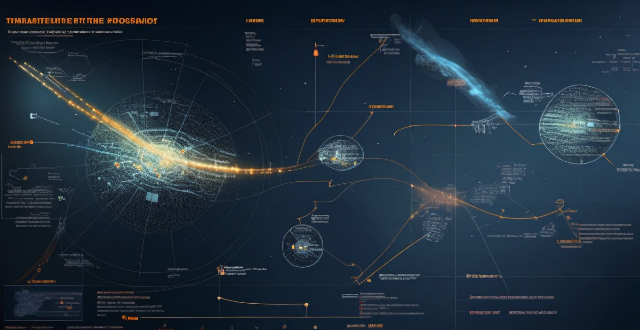
How do communication satellites contribute to disaster response and relief efforts ?
Communication satellites are vital for disaster response and relief efforts, providing real-time information, surveillance, coordination, emergency communications, and aiding search and rescue operations. They enable quick decision-making and efficient resource allocation during emergencies.

Are there any international laws or treaties related to privacy rights ?
The text discusses several international laws and treaties related to privacy rights, including the European Convention on Human Rights (ECHR), the General Data Protection Regulation (GDPR), the Charter of Fundamental Rights of the European Union (CFR), and the International Covenant on Civil and Political Rights (ICCPR). These documents provide individuals with protection against unlawful interference with their private lives, homes, and communications.
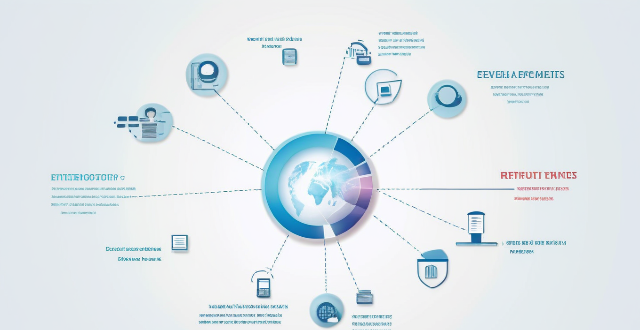
How does network slicing work in 5G technology ?
Network slicing is a feature of 5G technology that allows operators to create multiple virtual networks on a shared physical infrastructure. This enables them to offer customized services with specific quality of service (QoS) and quality of experience (QoE) requirements for different types of customers and applications. The implementation of network slicing involves several key components such as Network Function Virtualization (NFV), Software-Defined Networking (SDN), Network Management and Orchestration (MANO), and Policy Management. The steps involved in implementing network slicing include requirement analysis, resource allocation, virtual network function deployment, resource management, policy enforcement, monitoring and optimization, and lifecycle management. Network slicing offers benefits such as customization, resource efficiency, scalability, improved performance, and enhanced security.

How do communication satellites support military operations and intelligence gathering ?
This text discusses how communication satellites support military operations and intelligence gathering, highlighting their role in secure communication channels, wide area coverage, high-speed data transmission, surveillance and reconnaissance, coordination and command, resilience and redundancy.

How can we measure the success of a safety drill ?
The article discusses the importance of evaluating safety drills to improve emergency response and preparedness. Key factors to consider include compliance with safety procedures, participant engagement, effectiveness of communications, availability and functionality of equipment and resources, and overall performance. By measuring the success of a safety drill, organizations can identify areas for improvement and ensure that their employees are well-prepared to handle emergency situations effectively.

What are the main threats to communication security ?
The text discusses the main threats to communication security, which include eavesdropping and unauthorized access, malware and viruses, social engineering and phishing, insider threats, and DoS attacks. It also provides mitigation strategies for each threat, such as encryption, secure networks, physical security, antivirus software, firewalls, software updates, awareness training, email filters, multi-factor authentication, access controls, monitoring and auditing, termination procedures, rate limiting, content delivery networks (CDNs), and intrusion detection systems (IDS).